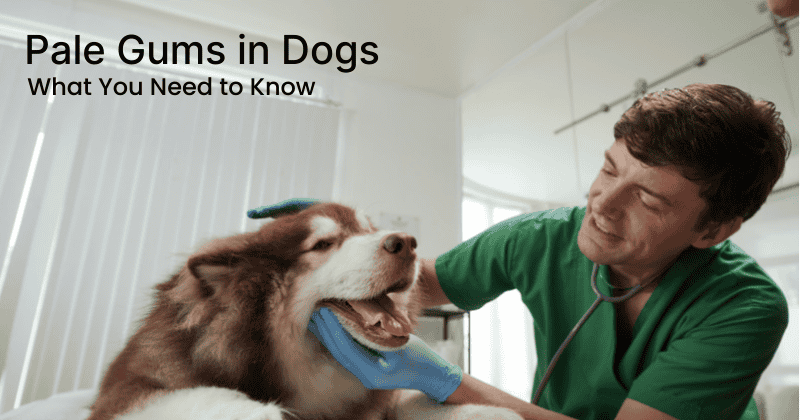
Dogs communicate their health in a variety of ways, and their gums can be a key indicator of underlying problems. Noticing pale gums in dogs can be concerning, as it often signals an issue that requires immediate attention. Understanding what pale gums mean and when to seek professional help can make all the difference for your dog's well-being. Coventry Veterinary Clinic in Elkhorn, NE, is here to provide insight and guide you on what to do if your dog's gums appear pale.
Pale gums in dogs are often linked to reduced blood flow or low levels of oxygen in the bloodstream. Healthy gums are typically pink and moist, so any deviation from this norm should prompt a closer look. There are several potential causes for pale gums in dogs:
Each cause comes with varying degrees of urgency, making professional evaluation critical. If your dog’s gums are pale, contact Coventry Veterinary Clinic at (402) 819-2478 or request an appointment for an expert evaluation.
Pale gums in dogs rarely appear alone. Additional symptoms often help pinpoint the underlying issue. If you notice any of the following alongside pale gums, it may indicate a more serious problem:
Observing these signs can provide important context for your veterinarian to assess your dog’s health.
When you bring your dog to Coventry Veterinary Clinic, a thorough examination will be performed to determine why their gums are pale. Your veterinarian may follow several diagnostic steps:
Treatment for pale gums in dogs depends on the underlying cause. Coventry Veterinary Clinic will tailor the approach to your dog's specific needs, which may include:
While not all causes of pale gums can be prevented, maintaining your dog’s overall health reduces the risk of severe conditions. Some steps you can take include:
Pale gums are more than a superficial change—they often indicate systemic issues that can affect your dog’s quality of life. Anemia, heart disease, or undetected internal bleeding can lead to long-term complications if left untreated. Additionally, pale gums can signal life-threatening emergencies requiring immediate care. Knowing how to recognize this symptom and understanding its implications empower you to take timely action. If your dog’s gums appear pale, trust Coventry Veterinary Clinic to provide the professional care they need.
When your dog’s health is in question, noticing changes like pale gums is an important first step. By acting quickly and consulting a veterinarian, you can provide the care your dog needs to recover and thrive. Coventry Veterinary Clinic is here to support you with expert diagnostics and treatments tailored to your pet’s specific condition. Call (402) 819-2478 today or request an appointment to address your concerns and ensure your dog receives the care they deserve.
Closed daily from 12:30-1:30pm;
Wednesdays from 12:30-2:30pm


